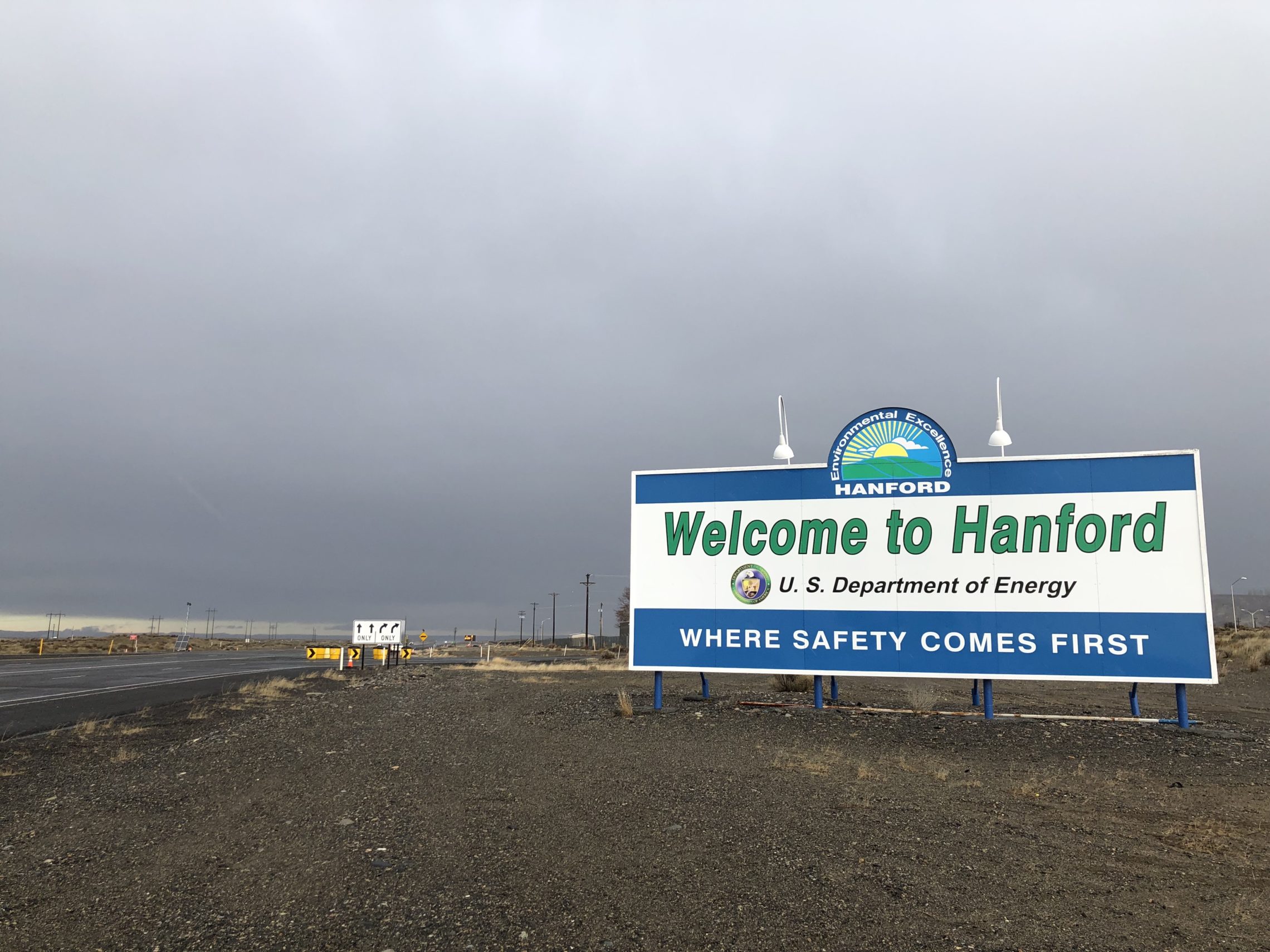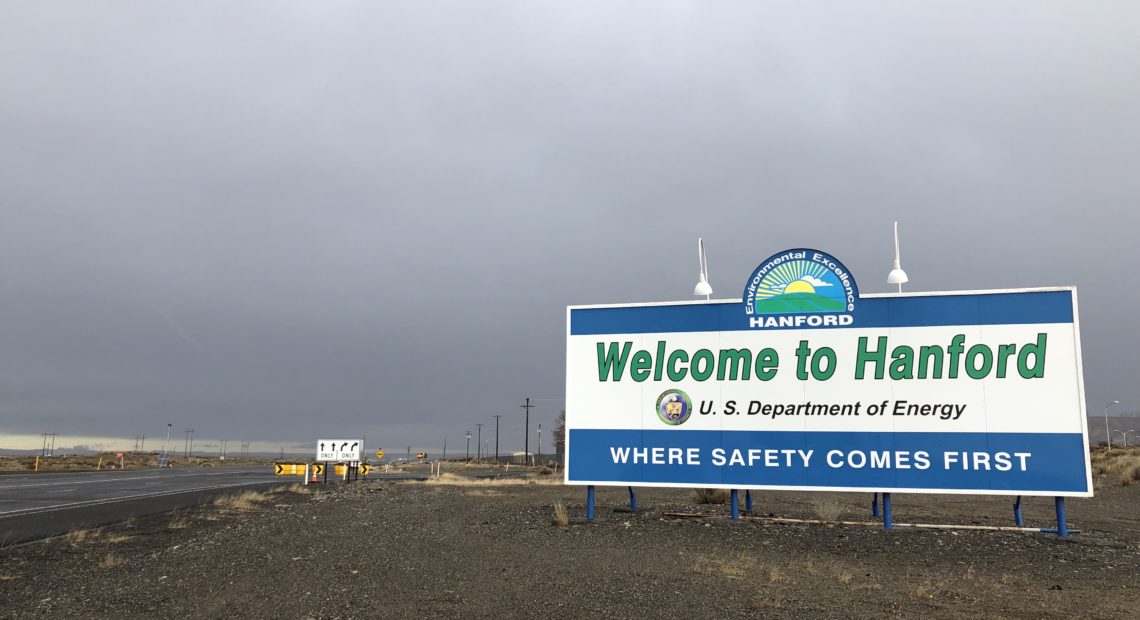
Hanford Waste Still On The Big To-Do List For Incoming Biden Administration
READ ON
As President Donald Trump prepared to leave office, his Department of Energy was celebrating that a new analytical lab was “ready to operate” at the Hanford Site in southeast Washington.
The lab, being largely constructed by DOE contractor Bechtel National, Inc. is part of a low-level radioactive waste treatment facility meant to make glass logs out of the hazardous goo.
In what’s become a normal part of every outgoing administration’s listing of accomplishments, the department recently celebrated the construction of that facility.
While incoming President Joe Biden was selecting his new cabinet, two DOE undersecretaries flew to Richland to cheer progress on the facility. The agency also debuted a website that gives virtual tours of the Hanford site to the public.
At the same time, a recent DOE report mulls what to do with some leftovers of the federal government’s WWII and Cold War plutonium-making project that are moldering away at the bottom of tanks at Hanford and leaking out into the ground below.
The federal government hasn’t decided how to classify the tank waste. The plan that’s been in the works for years has been to bind up the hottest tank waste into glass logs for permanent storage in a deep geologic repository.
But DOE hasn’t decided what to do and how to classify the rest of the waste. Half of it will be bound up in glass. The other part could be glassified, too, or enfolded in concrete-like grout. If the final option is grout, it might not stay at Hanford.
Even after that, there will be some residue left at the bottom of the tank, as well as the near-empty hulls of tanks and whatever waste has leaked into the ground below.
DOE is also contemplating whether to use grout on all that waste residue.
Seattle-based watchdog Tom Carpenter, with Hanford Challenge, says grouting the waste could endanger the nearby Columbia River.
“The concrete won’t last very long, and these materials are far, far too dangerous to entrust to that form and sitting atop one of the largest freshwater aquifers in the state,” he says.
Carpenter says Hanford is not a secure place for permanent storage of radioactive waste because it’s vulnerable to volcanic eruptions and earthquakes.
The federal government maintains that classifying the waste as low level and grouting it would be much cheaper than treating it as high level. But experts say grout might not last for the hundreds of thousands of years needed to contain tricky radionuclides like Technetium 99 and Iodine 129. That’s according to Jeff Burright, nuclear waste remediation specialist for Oregon’s Department of Energy.
“They are trying to show, well, maybe grout performs as well,” he says. “And we are open to the scientific process, but we have a precautionary stance when it comes to that kind of sort of thing.”
Burright says he hopes there’s a way to isolate those isotopes from the rest of the waste and get them off the Hanford Site for permanent storage.
In addition, the non-profit, non-governmental National Academy of Sciences is also looking into DOE’s proposal to classify the waste as low level, and bind it up in grout.
Meanwhile, a new Government Accountability Office report is calling for better communication between DOE, the state of Washington and other stakeholders.
So at 9 a.m. Pacific Time on Jan. 20, 2021, the Biden administration inherits the question of how to clean up the tank-waste — a problem that’s remained underground for decades.
Related Stories:
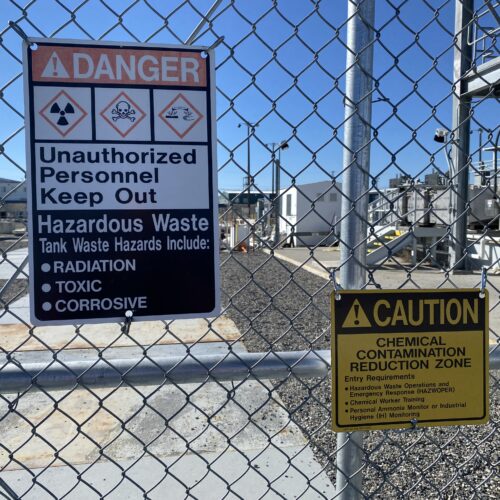
Washington’s Senator Patty Murray said Hanford safety in jeopardy, she’s ‘really, really worried’
(Credit: Anna King / NWPB) About a dozen federal workers have been fired from the Hanford site in southeast Washington state. Hanford is the contaminated legacy of plutonium manufacturing during
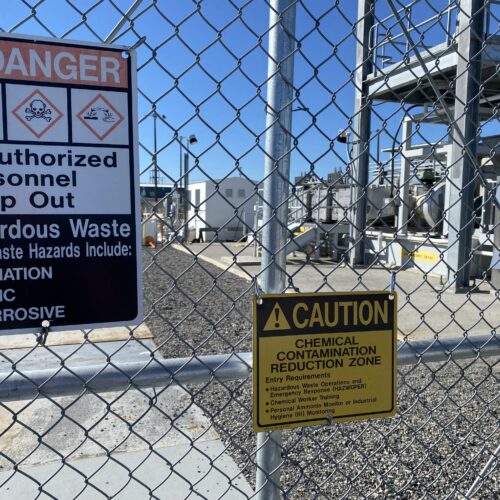
Project 2025 and Hanford: What Trump’s second term could mean for WA’s toxic sludge
A gate and signs stand guard at one of the Hanford site’s tank farms. (Credit: Anna King / NWPB) Listen (Runtime 4:02) Read By Anna King and Jeanie Lindsay Traffic
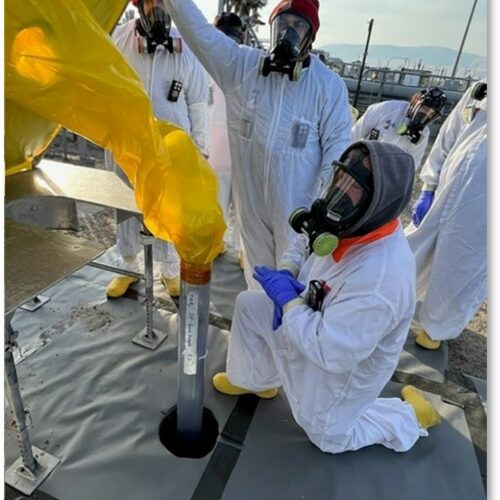
Washington state, federal agencies finalize agreement for tank waste cleanup at Hanford
Hanford workers take samples from tank SY-101 in southeast Washington state. (Courtesy: U.S. Department of Energy) Listen (Runtime :59) Read When it comes to tank waste at Hanford in southeast

